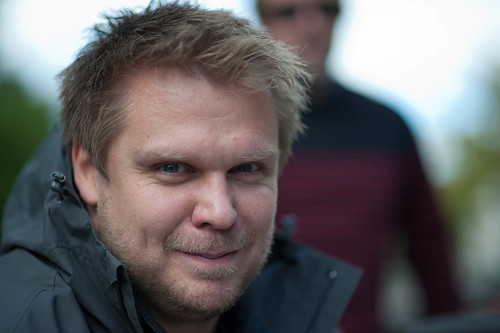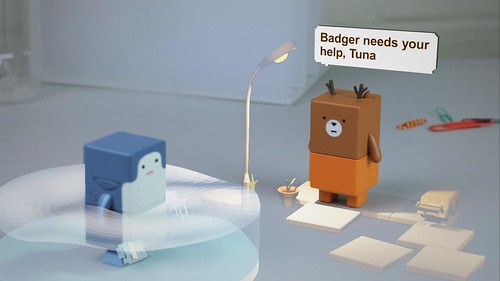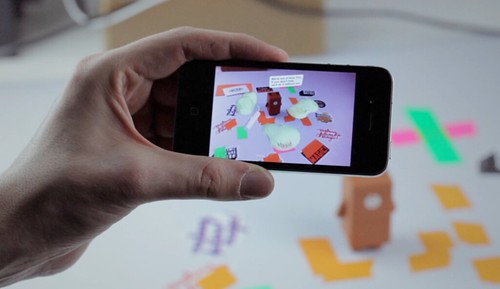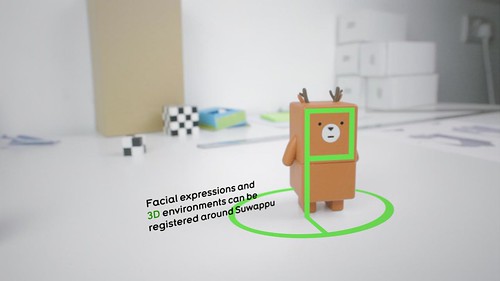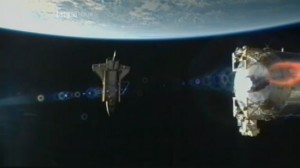In another file on my laptop I’ve got the notes I was intending to write here. They’re all about how to structure risk in projects in order to leave the maximum room for unintended invention.
Whatever. I’m in no state to finish them. I’ve been eight timezones away for the past week with Matt J, Jack and Timo (who has joined us as a creative director!), I just flew back in, and my head feels like it’s full of bees.
I don’t know if you’ve ever played the game Canabalt. You should, it’s fun. That’s what the week has been like. Wake up early, read new resumes for the project manager position and decide whether to interview or not. Up, shower, downstairs. Drink coffee, respond to latest changes in a contract being negotiated, write a response to a media request, arrange meetings for next week, finalise another contract. Finish coffee, off to workshops, back, catch up on emails from the day, out for dinner, bed.
While we were on the road, Timo and Jack launched Suwappu with Dentsu London, our first gig as official “consultant inventors.” And toys too! Sweet.
So with so many people away it was quiet in the studio. Nick tells me it was industrious, and that’s the truth. I spent my first hour back in today being shown what’s been going on. Ads for the comic, testing the online shop and fulfilment, continuing mini breakthroughs and prototyping in our own new product development, etc. Lots!
It’s very sunny here too. A good Spring day in London.
I’ll see more at 4pm at Friday demos. Between that and Tuesday All Hands, there’s a nice rhythm to the week.
I’m not sure when we’ll all be back in the studio at the same time again. I think Jack may be off to New York next week, to kick off an engagement that will see us through the next six months or so. But we also have someone new starting on Monday, and then these two positions we’re just starting interviews for, and then, gosh, we’re out of desks. I don’t really want to move, but it does mean, on top of everything else going on, I’m now also looking around for new premises. Somewhere in Shoreditch with a bit of character, a bit of room to grow, a quiet room, a meeting room, and a space to run workshops and make films. I’m getting on the estate agent train. Do let me know if you have any ideas or serendipitous opportunities.
I’m looking forward to travel pausing for a bit, and having everyone back in the same room. There have been lots of changes recently, and the Room – which in my head I’ve started capitalising, Room not room – is nothing if not a culture – a particular stance to design and the world, and shared values – a way to work which is beautiful, popular and inventive – and a network of people in which ideas transmit, roll round and mutate, and come back in new forms and hit you in the back of the head. The Room is what it’s all about. It’s a broth that requires more investment than we’ve been giving it recently. So, yeah, that.
It’s the end of week 304 folks.




